by Rabbi Yair Hoffman for 5tjt.com
The Aviudraham lived in Seville in the part of Spain known as Andalusia in the 1300’s. What follows is an in-depth view of Asara B’Taives, which is this coming Tuesday.
The author of the Shulchan Aruch, Rav Yoseph Karo (in his Bais Yoseph 550), cites the view of the Avudraham that the fast of Asara b’Taives is different than all of the other fasts. How so? If Asarah b’Taives were to fall on Shabbos (which it doesn’t), it would not be pushed off to another day. It would have to be observed on the Shabbos itself!
Why would this be the case?
The Avudraham explains that it is on account of a verse found in Sefer Yechezkel (24:2), “On that very day..” which equates it to Yom Kippur. Rav Karo states that he does not know from where the Avudraham derived this. Rav Karo further notes that the tenth of Taives will at times fall on a Friday, but none of the other fasts ever do. In Shulchan Aruch itself (550) Rav Karo rules that none of the four fasts set aside Shabbos , but we will deal with the view of the Avudraham in this essay.
UNDERSTANDING THE RATIONALE
We must also try to understand why it is, according to the Avudraham, that Asrah B’Taives is different than the other fasts, and why the Avudraham chose to state this difference regarding Shabbos when he himself writes that it never actually falls on Shabbos!
Also, notwithstanding that the fast appears in Tanach – at the end of the day, it is a Rabbinic enactment. Oneg Shabbos, enjoying ourselves on the Shabbos, is according to most Poskim – a Torah obligation! Why would Asarah b’Taives set Shabbos aside?
FOUR POSSIBILITIES
A look at the great commentaries reveals that there are four approaches to understanding the Avudraham’s unique perspective on Asarah b’Taives. Not all of the commentaries were addressing the Avudraham himself, but they certainly did address the notion of how Asarah B’Taives may be unique.
YAAROS DVASH
Asarah B’Taives marks the siege on the holy city of Yerushalayim that ultimately led to its destruction, the destruction of the Bais HaMikdash and the exile of Klal Yisroel.
From the Yaaros Dvash (written by Rav Yonasan Eibeschutz in Volume I Drush #2 for Tisha B’Av) we see that the seeds to three tragedies lie within Asarah B’Taives. Each of these different tragedies in and of themselves would be enough to mourn about. Imagine then – all three of them combined!
BNAI YISSASCHAR
Beginnings are very stringent – even more so than the end-result. Aside from the fact that Asrah B’Taives is the seed to three tragedies, the fact that it is the beginning of the loss of the Bais HaMikdash is a reason to mourn.
The Bnai Yissaschar (14:1) proves this point from the fact that we mourn the destruction of the Bais HaMikdash on the ninth of Av – not the tenth of Av – even though the majority of it burned on the tenth.
CHSAM SOFER
Another explanation to the Avudraham is found in the Chsam Sofer (Toras Moshe on Zayin Adar). He writes that all the other fasts commemorate a terrible tragedy that the nation of Israel incurred.
Not so the fast of the Asarah B’Taives.
The Chsam Sofer writes that Asarah b’Taives is the one fast that we have to help prevent a tragedy from occurring. It gives us an opportunity to determine whether the state of being without the Bais HaMikdash will continue. This type of fast is actually a beneficial one – where we have within our hands to rectify an error. When we are given such an opportunity it is a joy – an Oneg. That being the case, we can well understand why the Avudraham writes that if it were to fall on Shabbos we would still fast – it is a joy.
MINCHAS CHINUCH AND RAV CHAIM SOLOVEITCHIK
There is a third possibility in how to understand the Avudraham. Rav Yoseph Babad (1801-1874), author of the Minchas Chinuch, explains (301:7) that the nature of all of the fasts is that they can be celebrated in the general month in which the fast had occurred.
We find this idea expressed even earlier by the Ritvah (Rosh HaShana 18b), that the Neviim were already aware of the future destruction that would happen a second time and therefore ordained the fasts as approximate – in other words they may be observed in other days of that month, such as the Sunday following Shabbos if need be.
While the Minchas Chinuch does not state this, the Avudraham may rule that this is not the case, in regard to Asarah B’Taives. Regarding Asarah b’Taives, the verse in Sefer Yechezkel (24:2), “On that very day..” changes it for Asarah B’Taives. Asarah b’Taives must remain on the day that it was originally ordained.
Rav Chaim Soloveitchik in fact proposes this very understanding in the words of an earlier authority that he quotes (Chiddushei HaGraZ Stencils p. 27 #44). One can possibly attempt to place Rav Soloveitchik’s words in the Avudraham, but the actual reading may be somewhat difficult. Curiously, Rav Chaim writes that he is explaining the words of the BaHaG, but the BahaG does not actually discuss the issue at all.
Both according to the Minchas Chinuch and Rav Chaim Soloveitchik one can make the following observation:
In general, fast days would normally not set aside Shabbos were it not for the fact that they could be celebrated on another day in that month.
PROOF TO THE AVUDRAHAM
Rav Meir Simcha of Dvinsk (Ohr Sameach Hilchos Taanis 5:6) tries to bring proof to the position of the Avudraham from a passage in the Talmud tractate of Eiruvin 40b. The Talmud poses the question of whether someone who is observing a private fast on a Friday finishes the fast until the stars come out on Friday night well into Shabbos. Rav Meir Simcha points out that the Talmud could have posed the same question in regard to a regular public fast. The only regular public fast that falls on a Friday is the 10th of Taives.
Yet, for some reason, the Talmud chose not to ask that question regarding the 10th of Taives. The answer must be, reasons Rav Meir Simcha, that it is too obvious that one would be obligated to complete the fast for the 10th of Taives. Why? Because the 10th of Taives would even push aside Shabbos itself! It would thus certainly require the faster to complete the fast until the stars come out on Friday night of Shabbos!
PROOF TO RAV MEIR SIMCHA
Backing up Rav Meir Simcha is the notion that the Shulchan Aruch OC 288:5 rules regarding when one fasts on account of a bad dream that one may fast on Shabbos. Thus, the Shulchan Aruch rules in (249:4) that one certainly does fast until the stars come out on Friday night – it is a Kal vachomer argument!
CONCLUSION
Ultimately, of course, the halacha is not like the Avudraham. However, we can still derive remarkable insight and inspiration from all four of the explanations to his words. We should contemplate the words of the Yaaros Dvash that Asarah B’Taives encompasses all three tragedies.
We can be inspired from the fact that, according to both the Yaaros Dvash and the Bnei Yissasschar, beginnings do matter and they matter enormously. They carry within them messages of tremendous import.
The idea that the Chsam Sofer presents of Asarah B’Teives being unique in that it is an opportunity to change the course of our future is also something that should be welcomed. Finally, one can also learn much from the opinions of the Minchas Chinuch and Rav Soloveitchiks that the fast days are indeed very weighty, and at least according to their view, they would even set aside the Shabbos itself were it not for other factors.
We should utilize all of these explanations to help add vitality to our observance of the fast days in general and Asarah B’Taives specifically.
The author can be reached at [email protected]

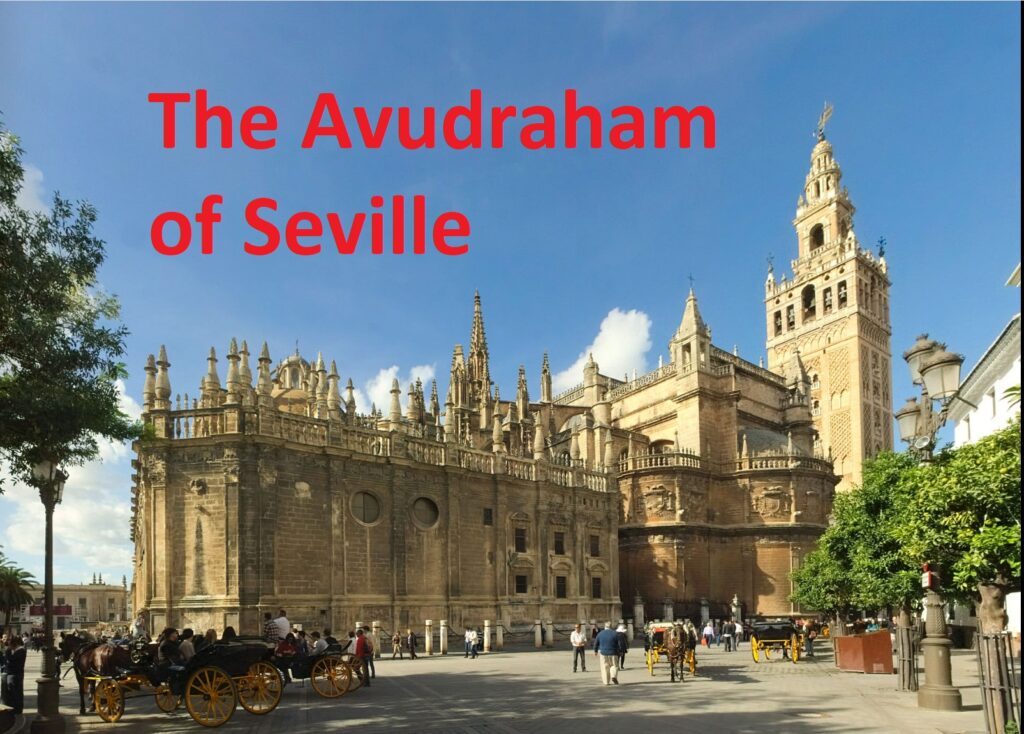
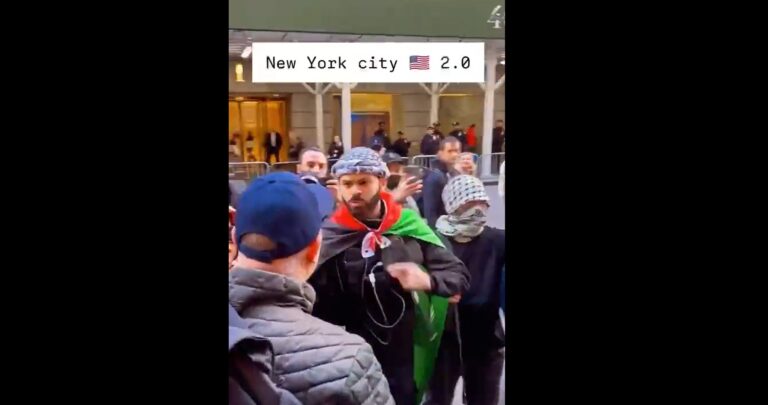
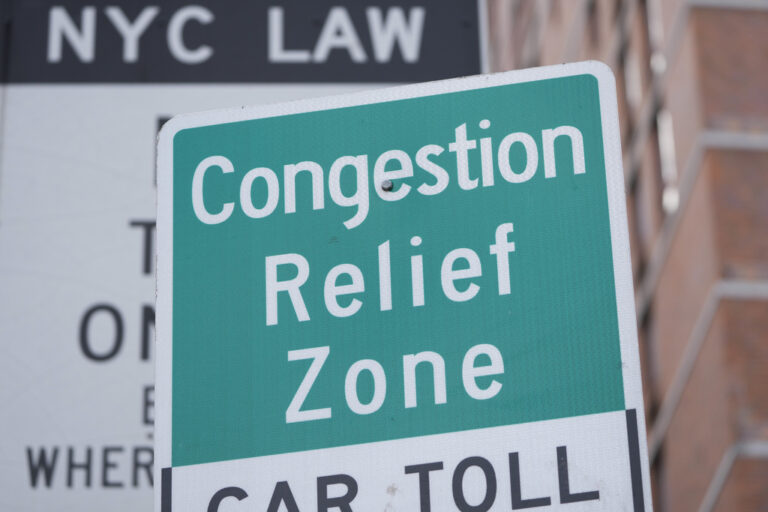


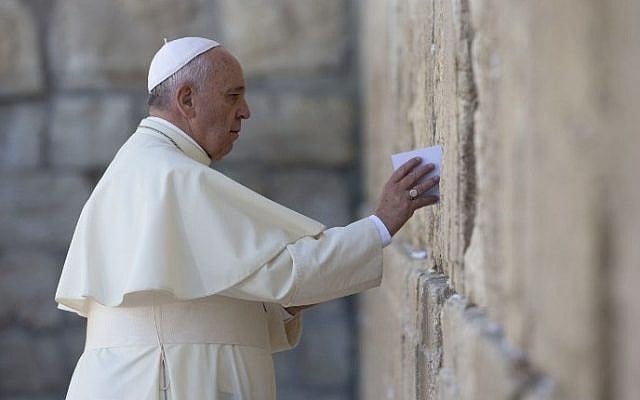



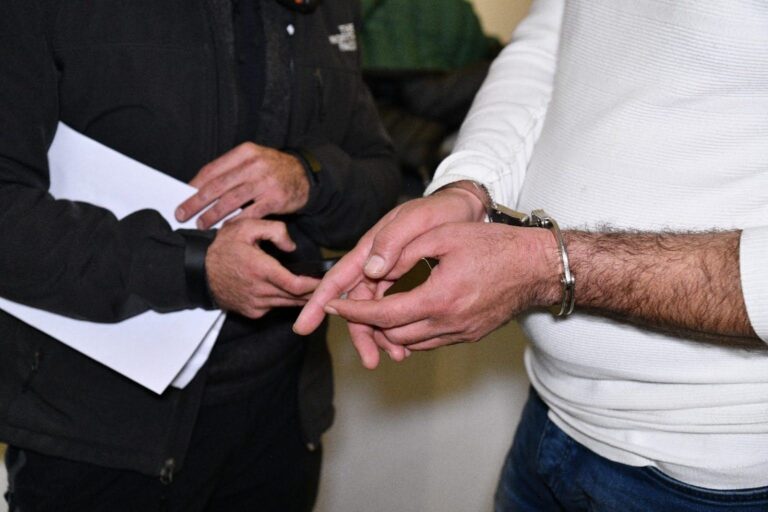
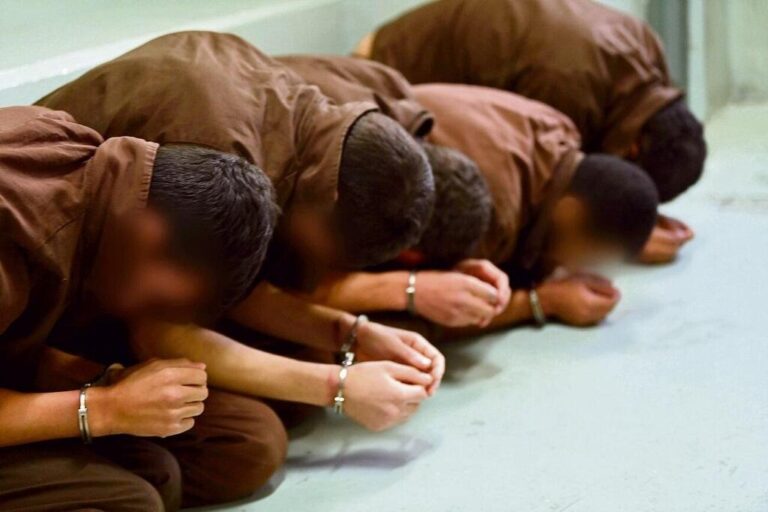
3 Responses
“Rav Karo further notes that the tenth of Taives will at times fall on a Friday”
10 Teves 5784 will fall on a Friday. It is 358 days from today.
Why would you illustrate a Torah article with a picture of a Cathedral! Put a picture of the Seville orange trees instead.
Seville is a great place to pick up a yeshiva style black hat. One factory is much cheaper than the others. But beware as the weather gets extremely hot in the summer.
Worth emphasizing that the purpose of a taanis is to get us to examine our behavior, and in particular anything we might be doing that resembles the behaviors that caused the tzaros commemorated in the taanis. In the case of 10 b’Teves, commemorating the two destructions — the first because of avoda zara, gilui arayos, and shfichas damim, and the second sinas chinam — let’s discuss how these phenomena are still present today (and possibly responsible for all the anti-semitism and government gezeiros/NYT attacks, etc.) and what can be done to resolve them. In any case, thanks to Rav Hoffman for this insightful analysis.